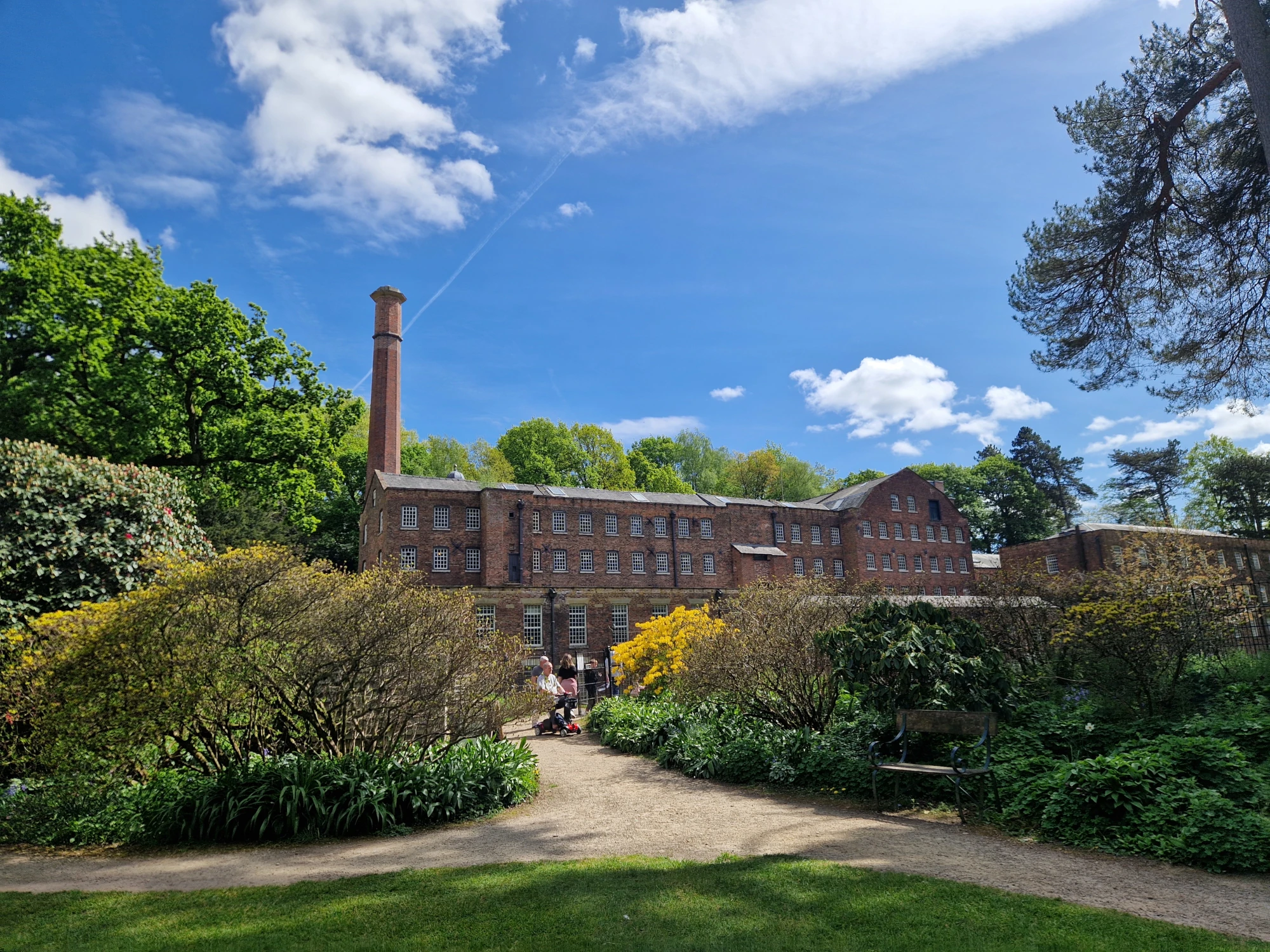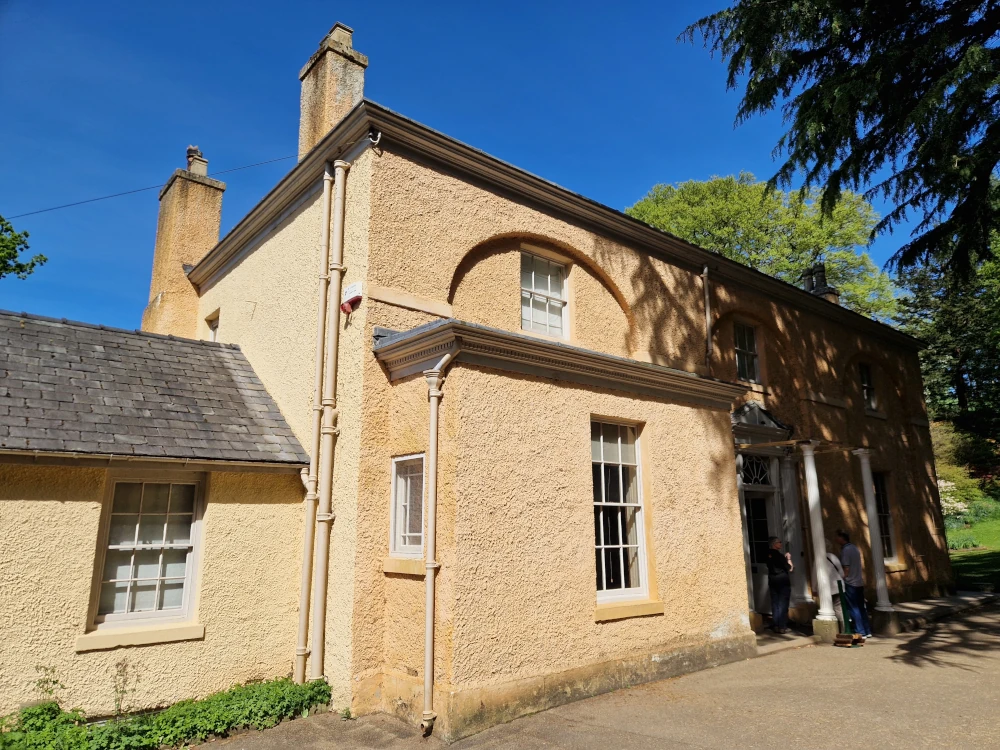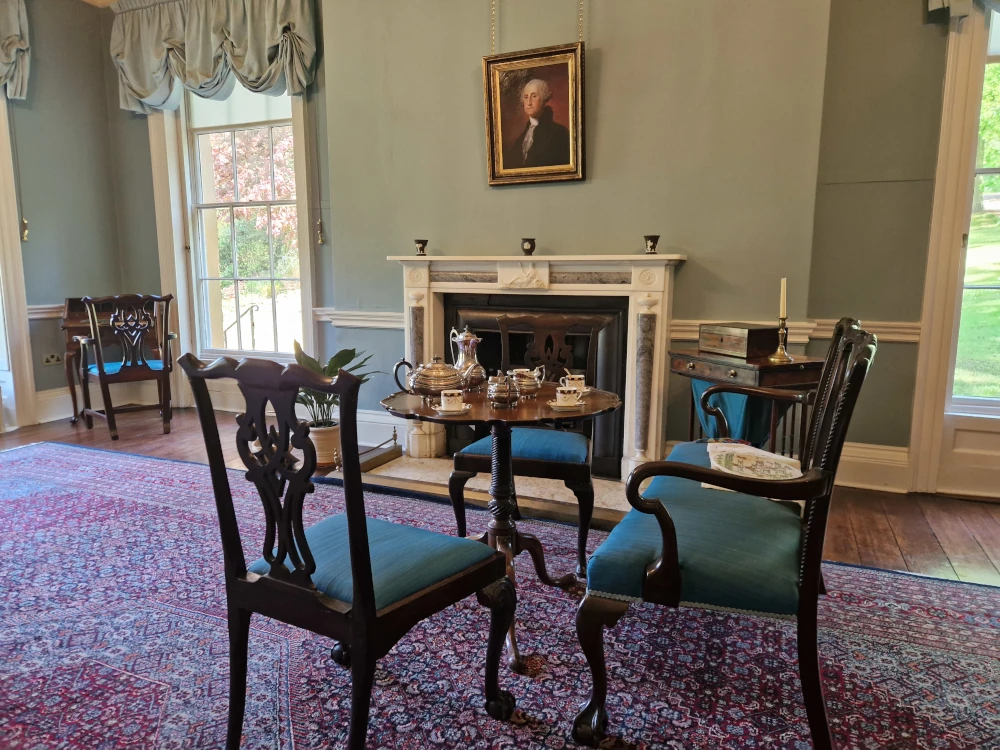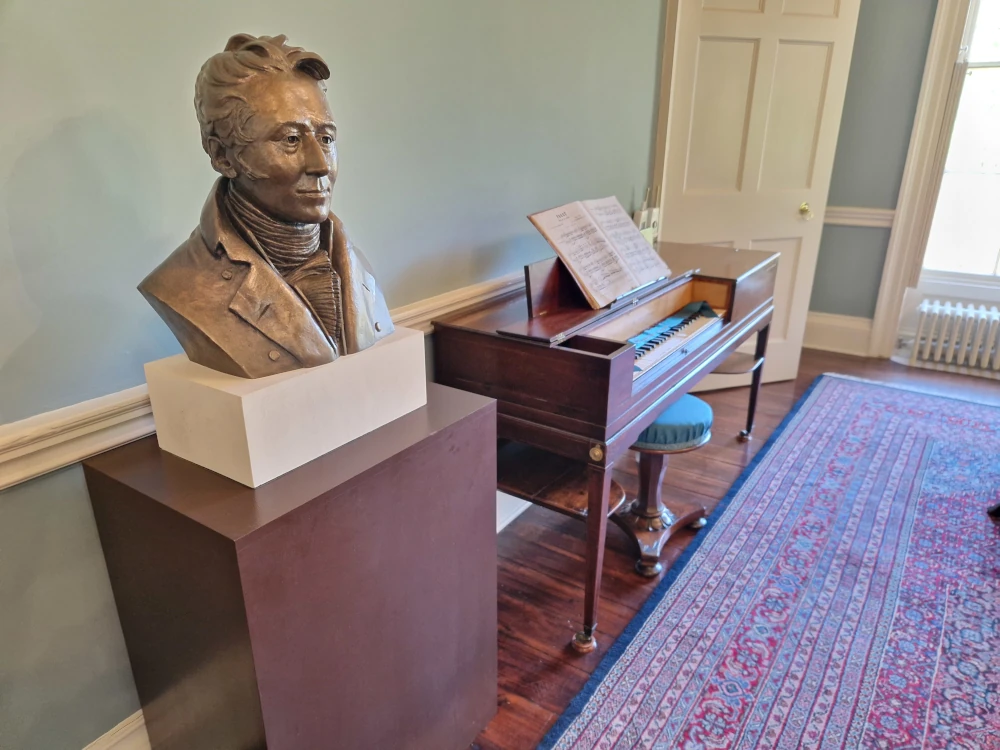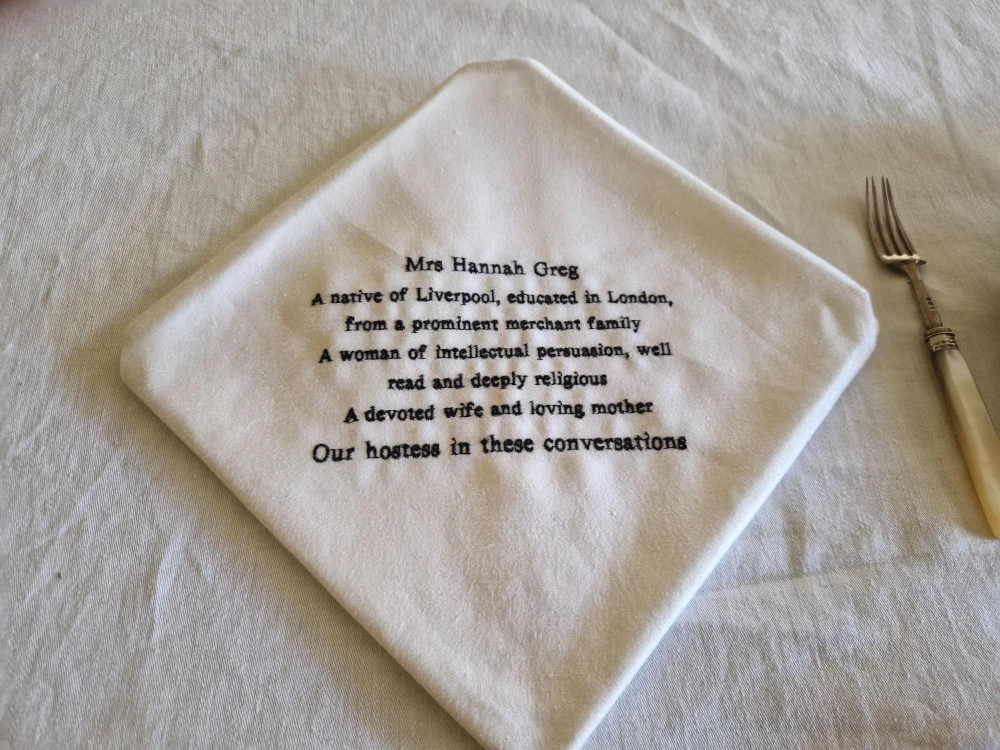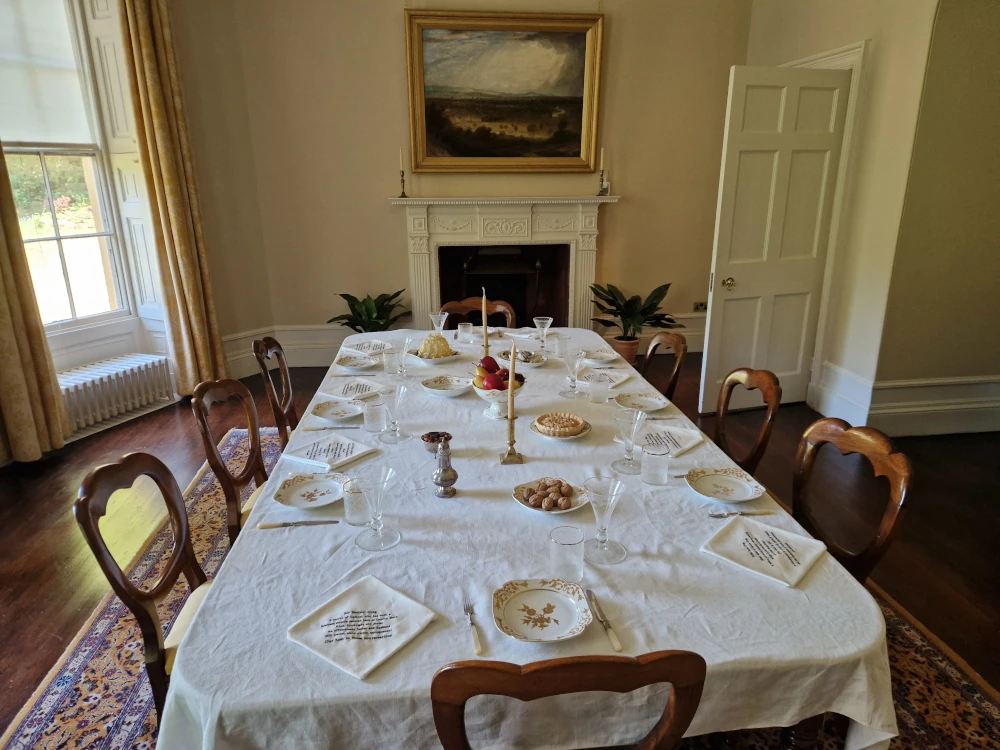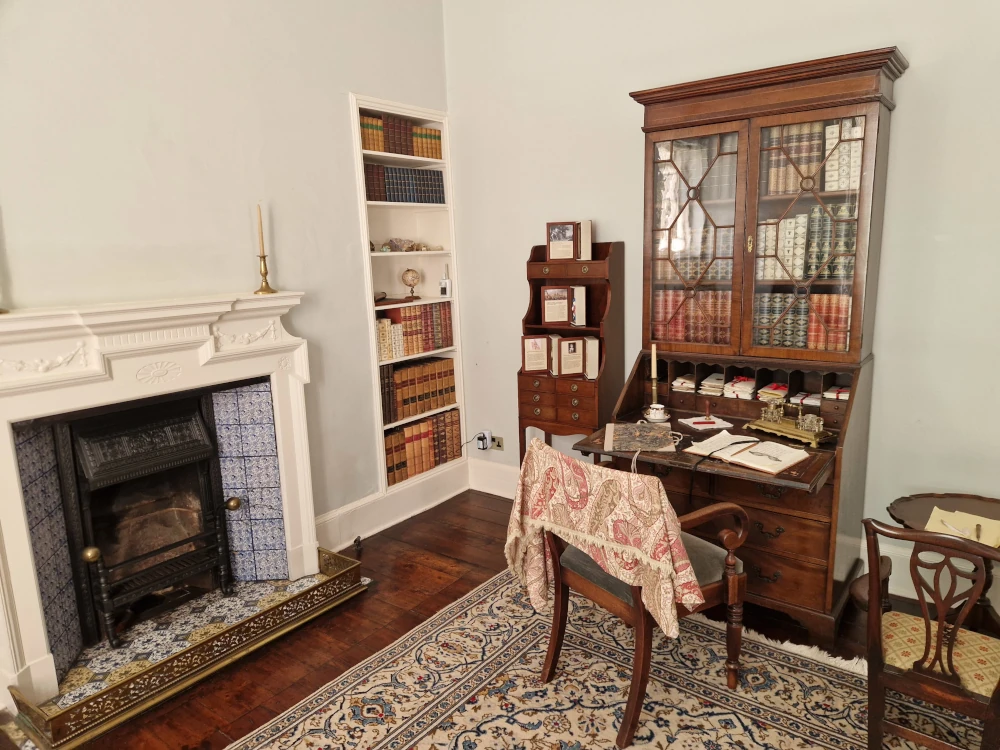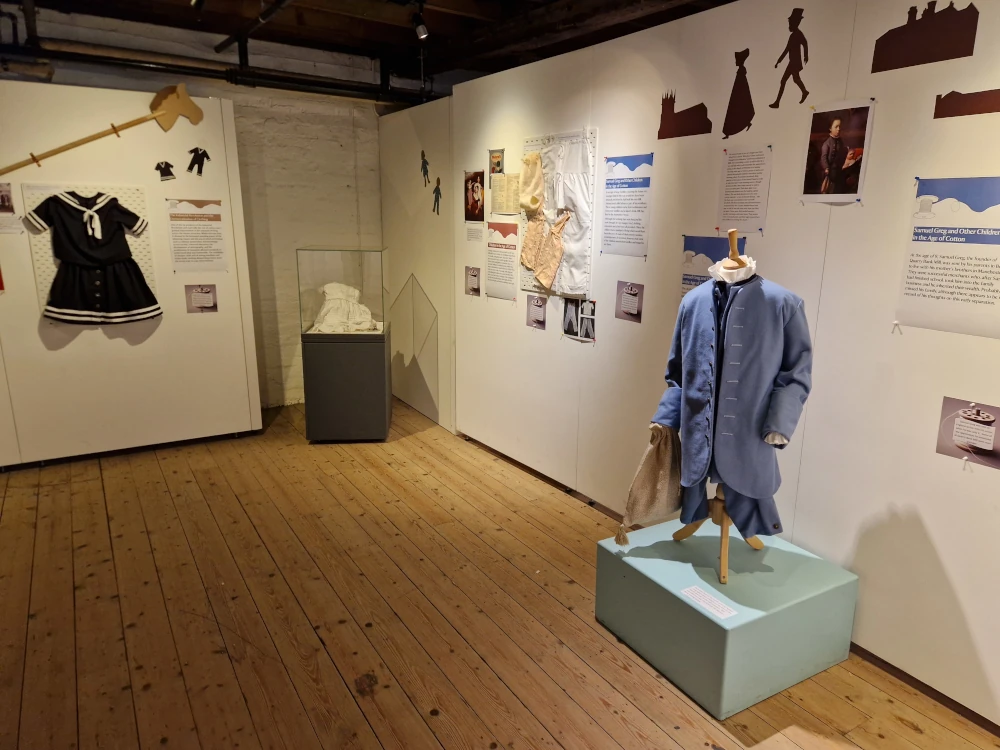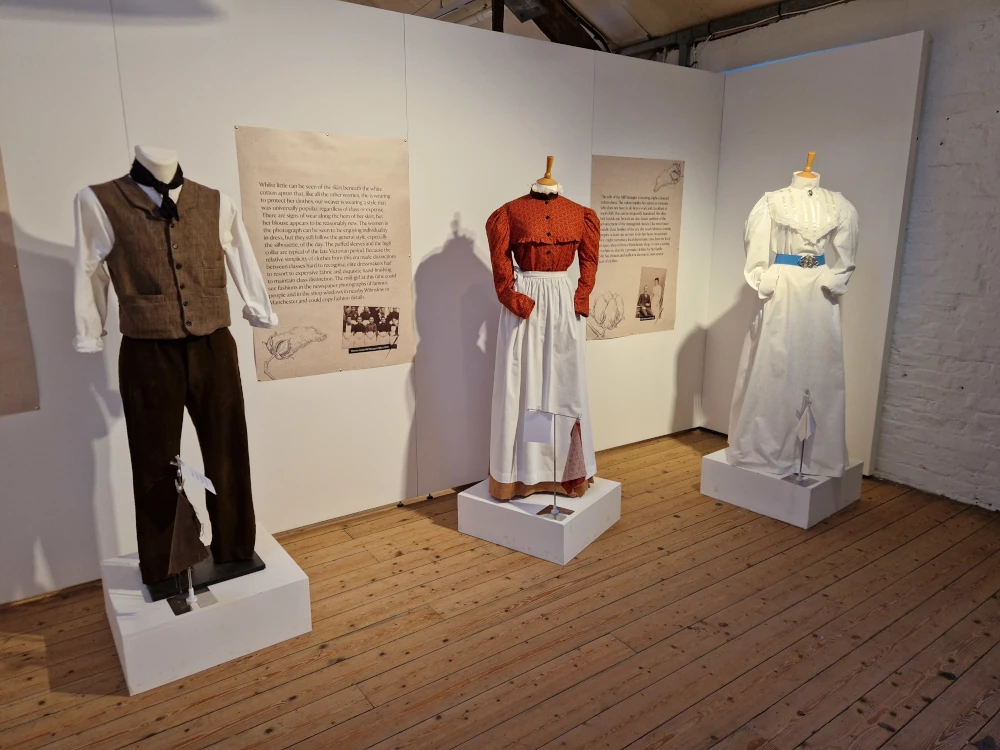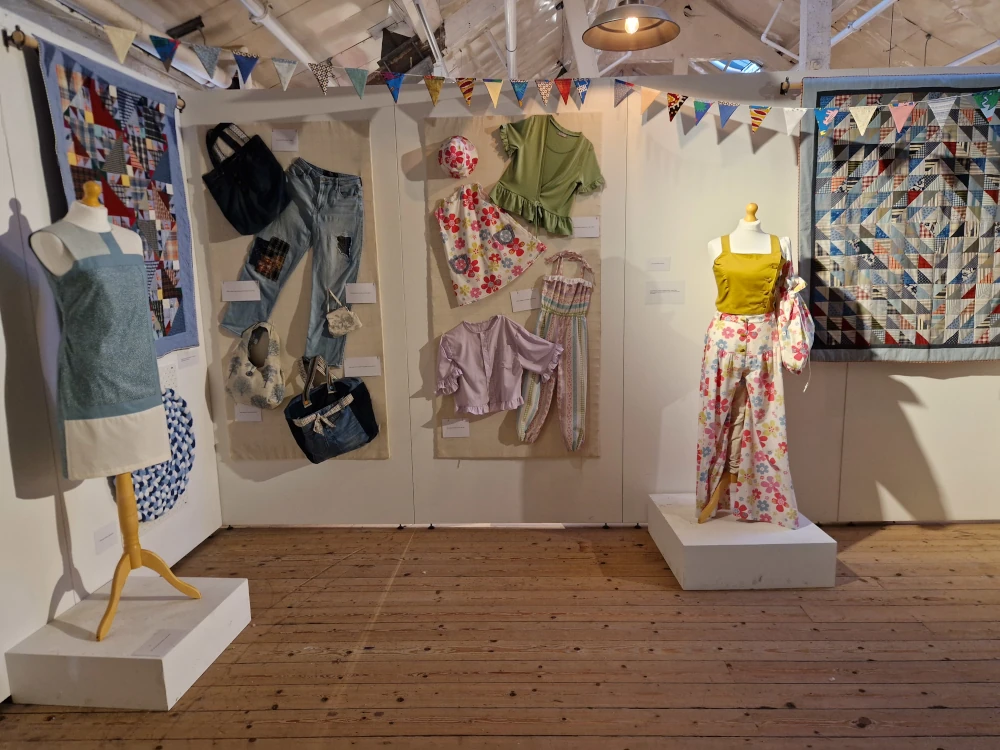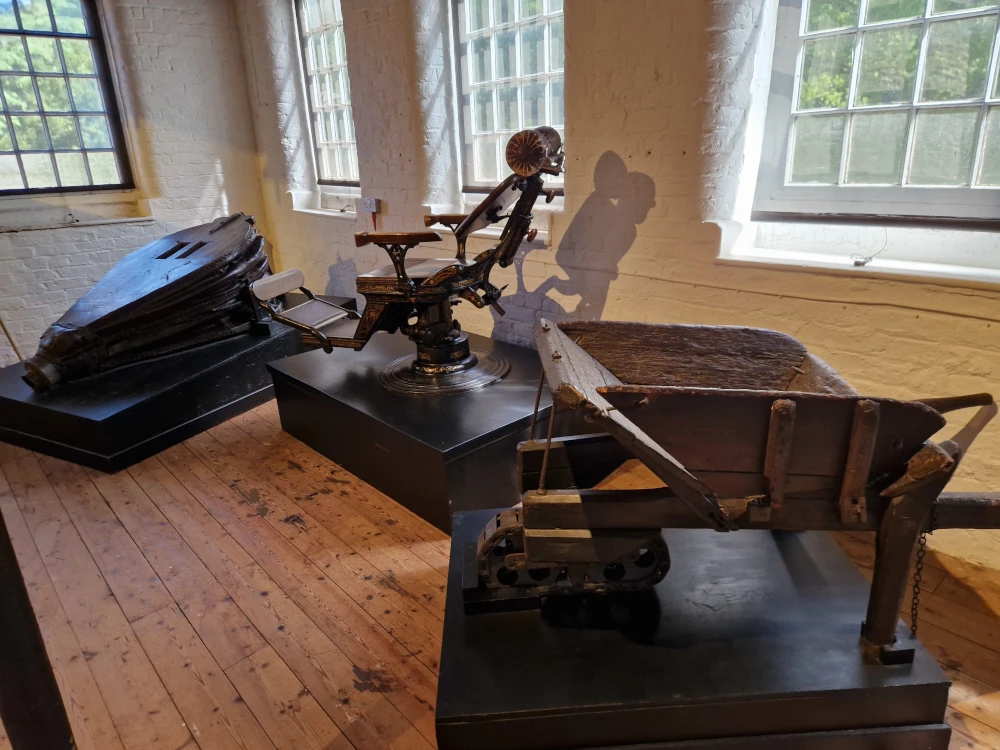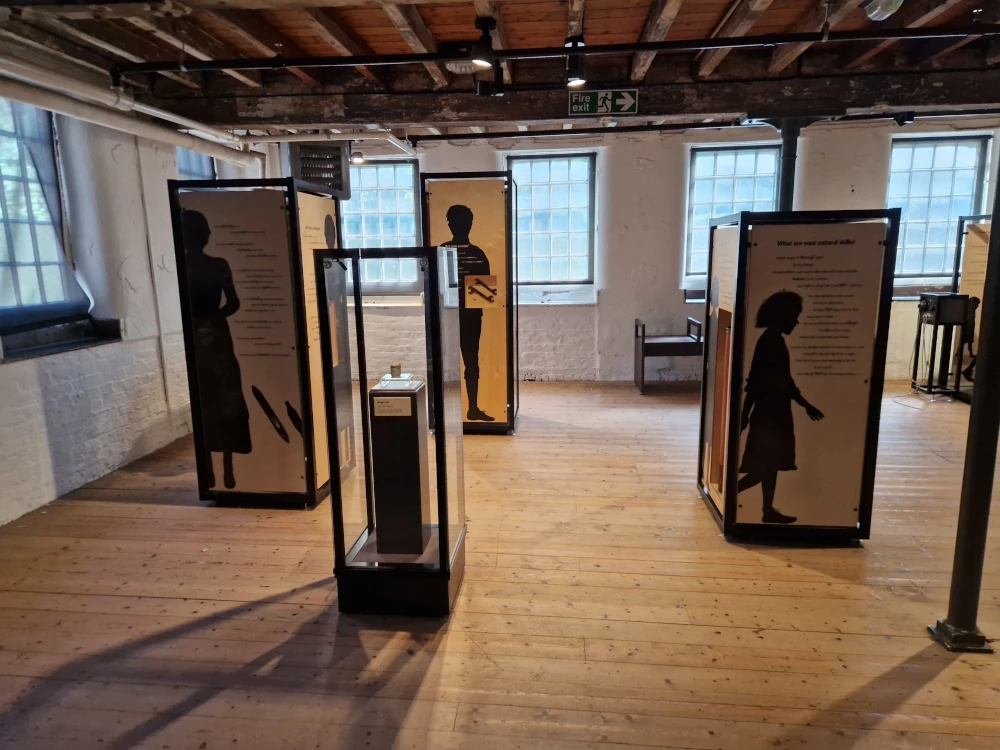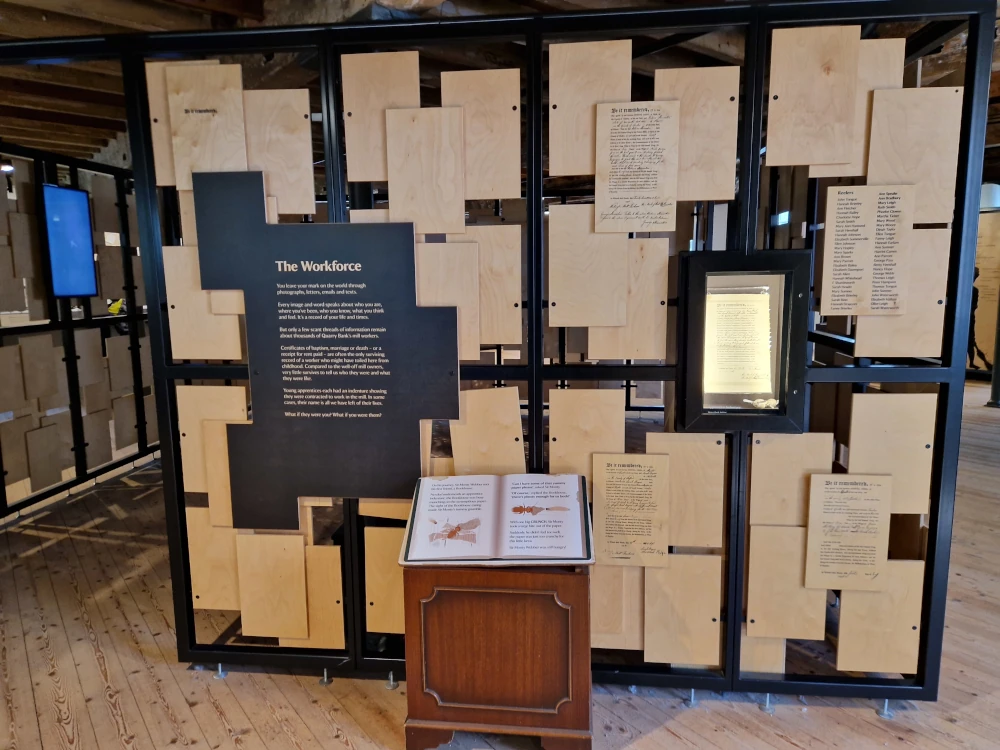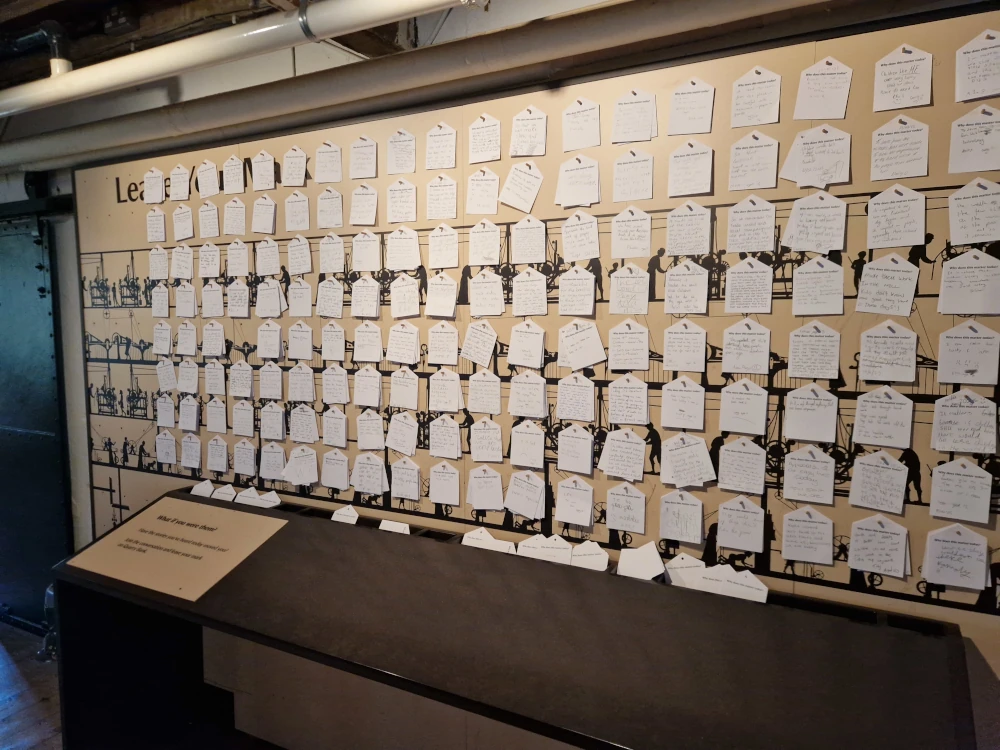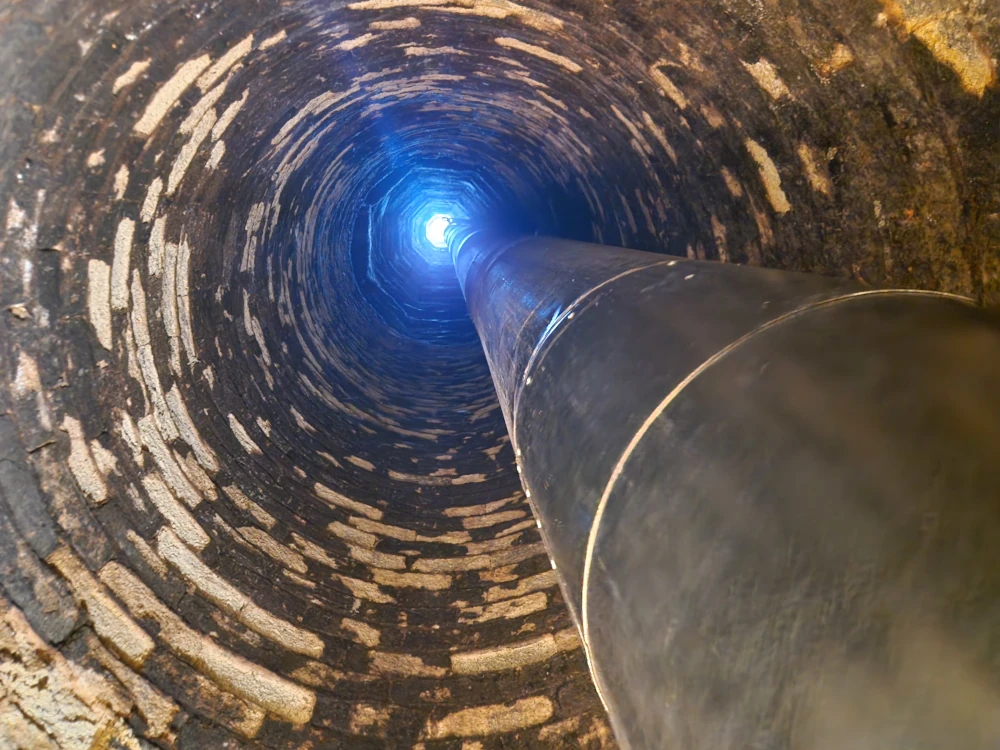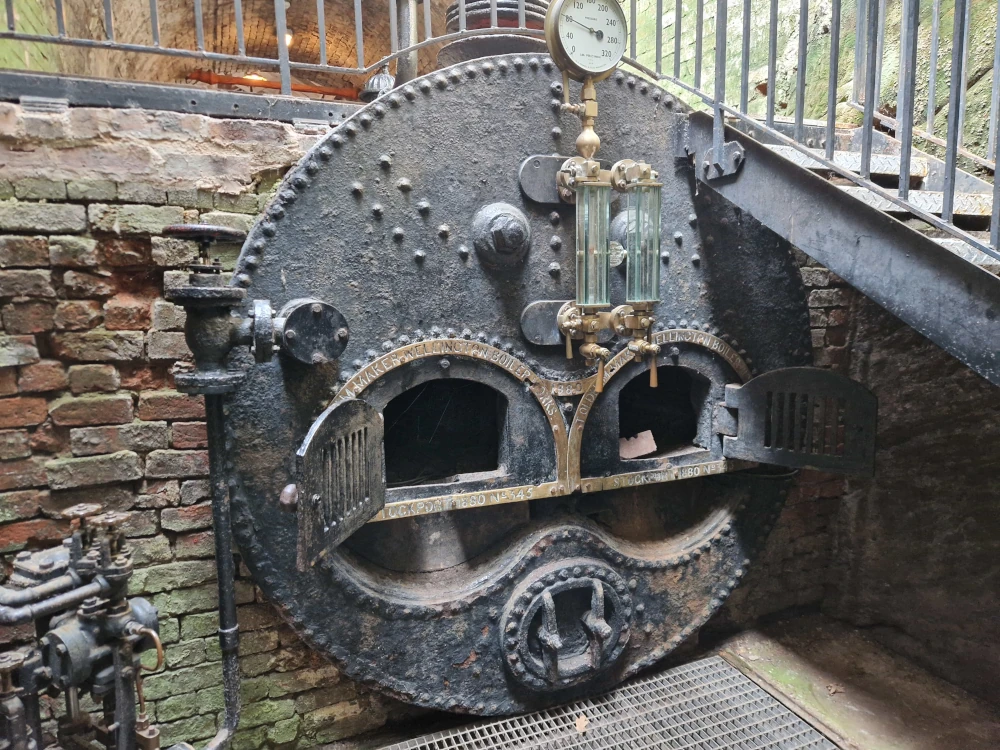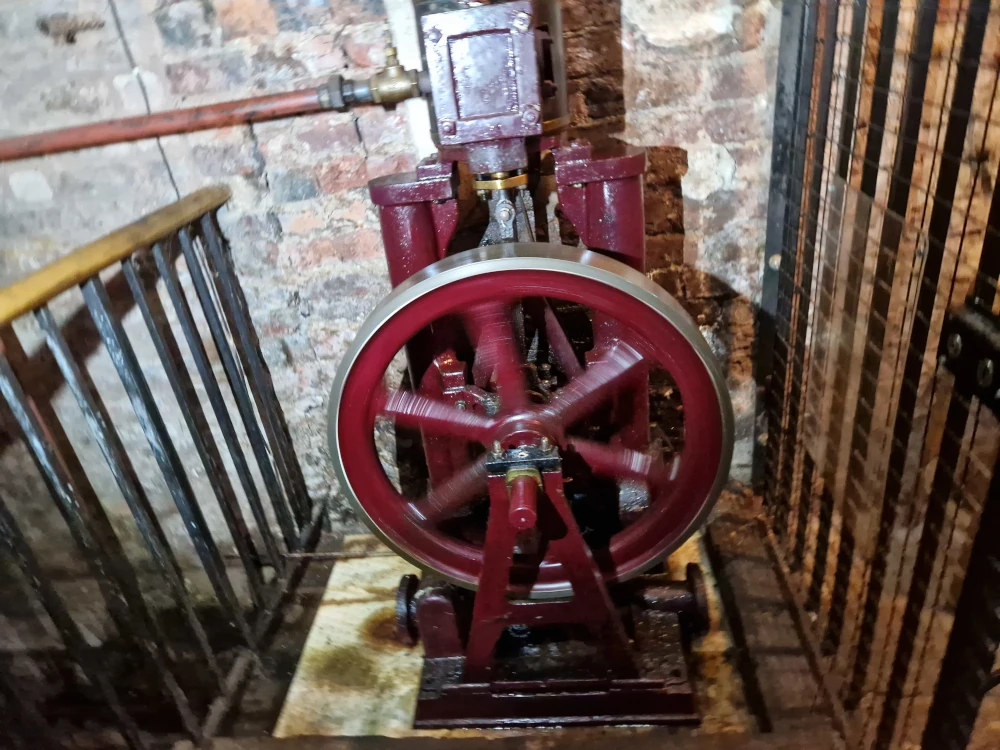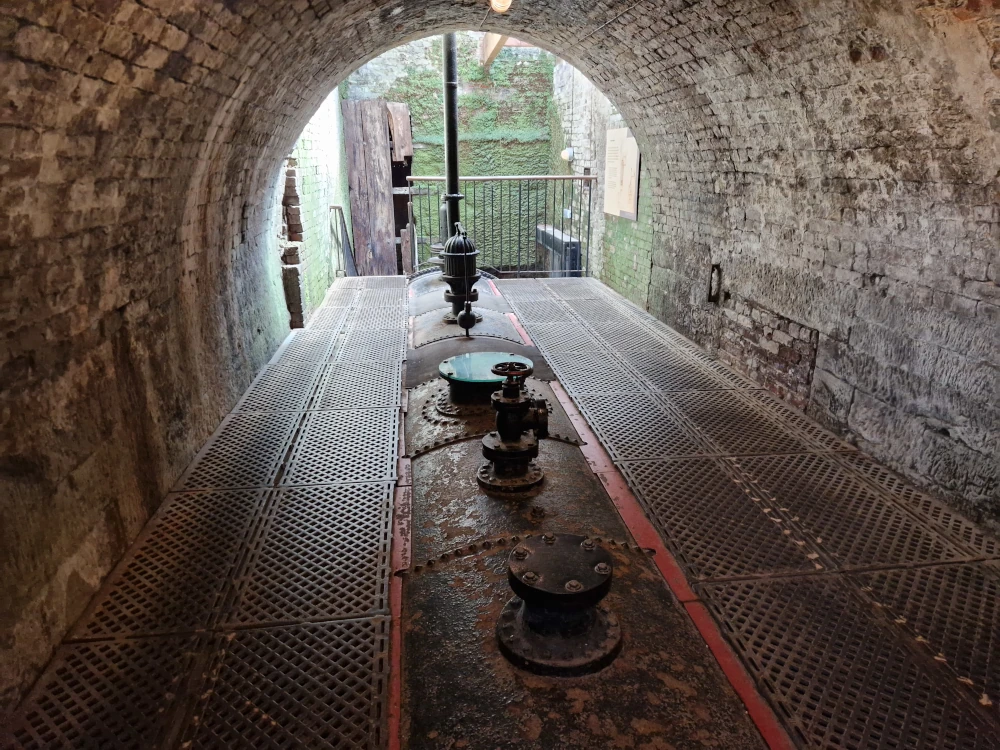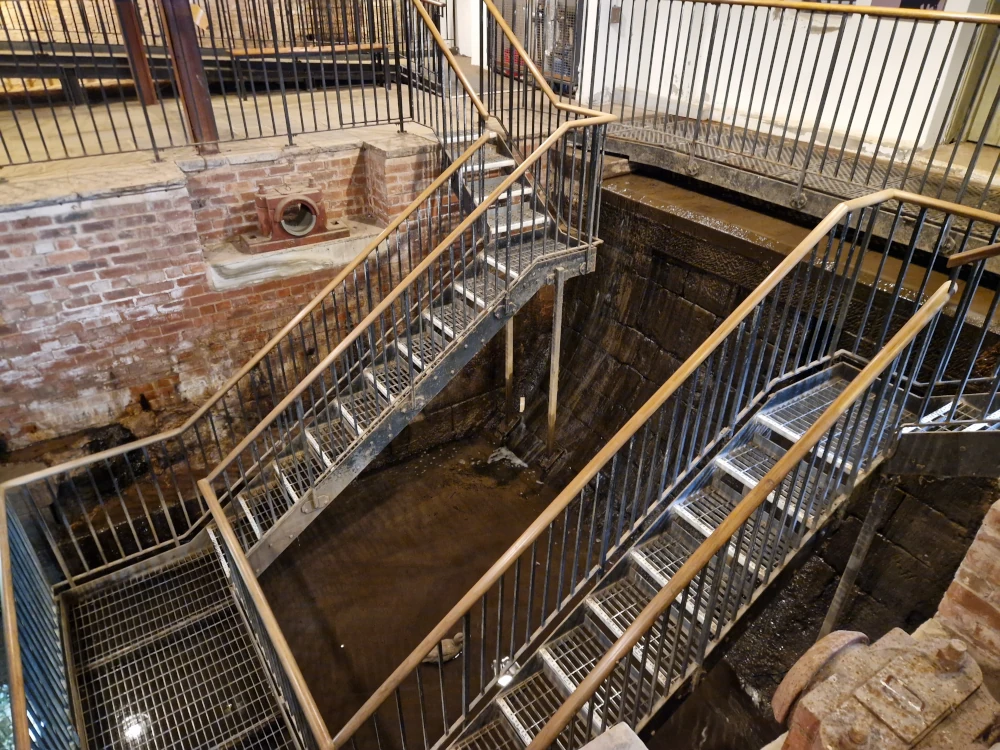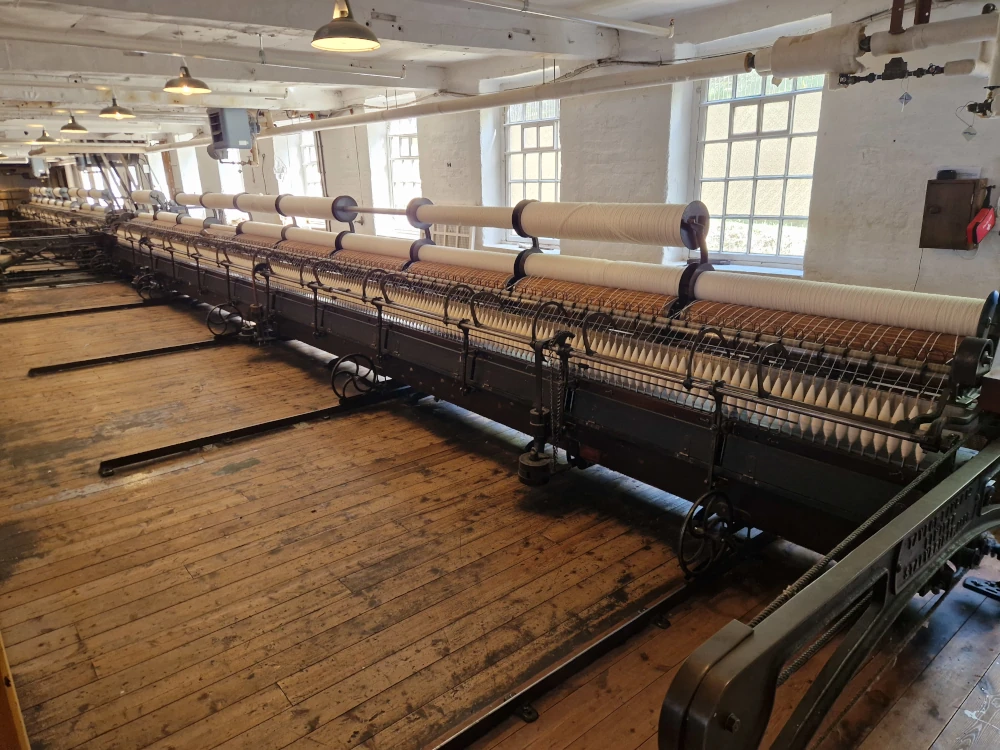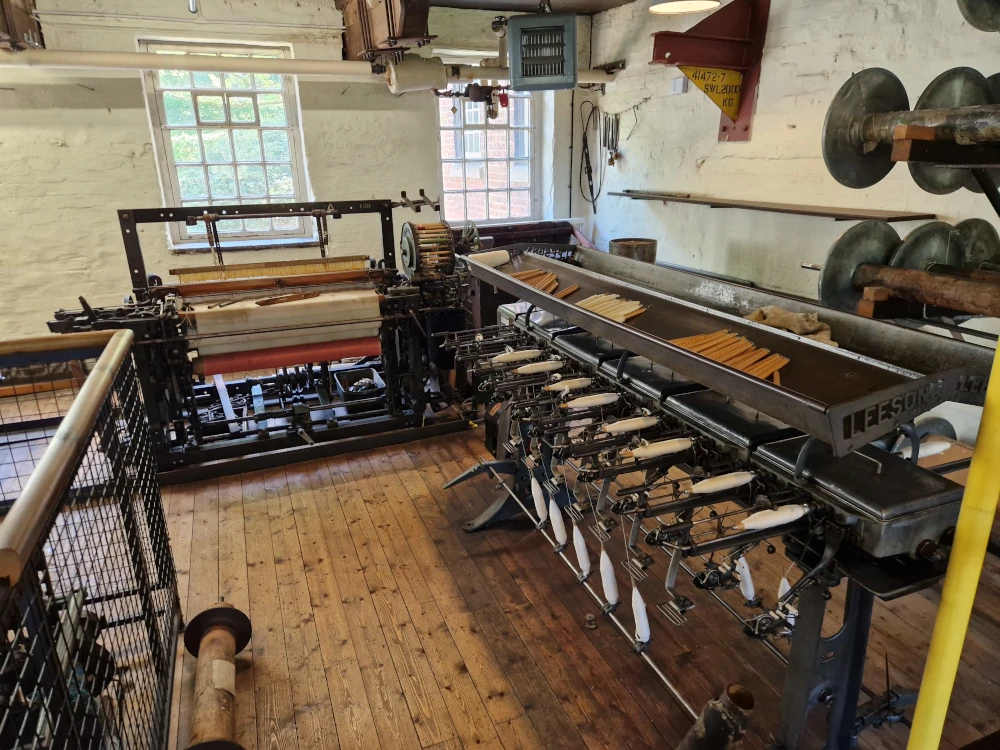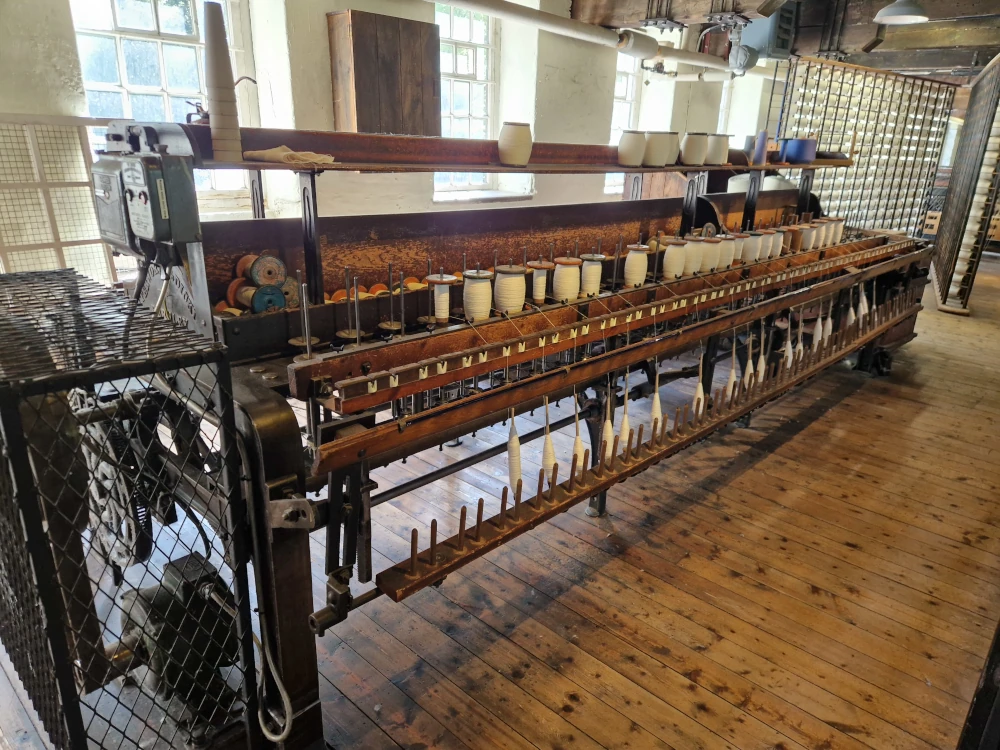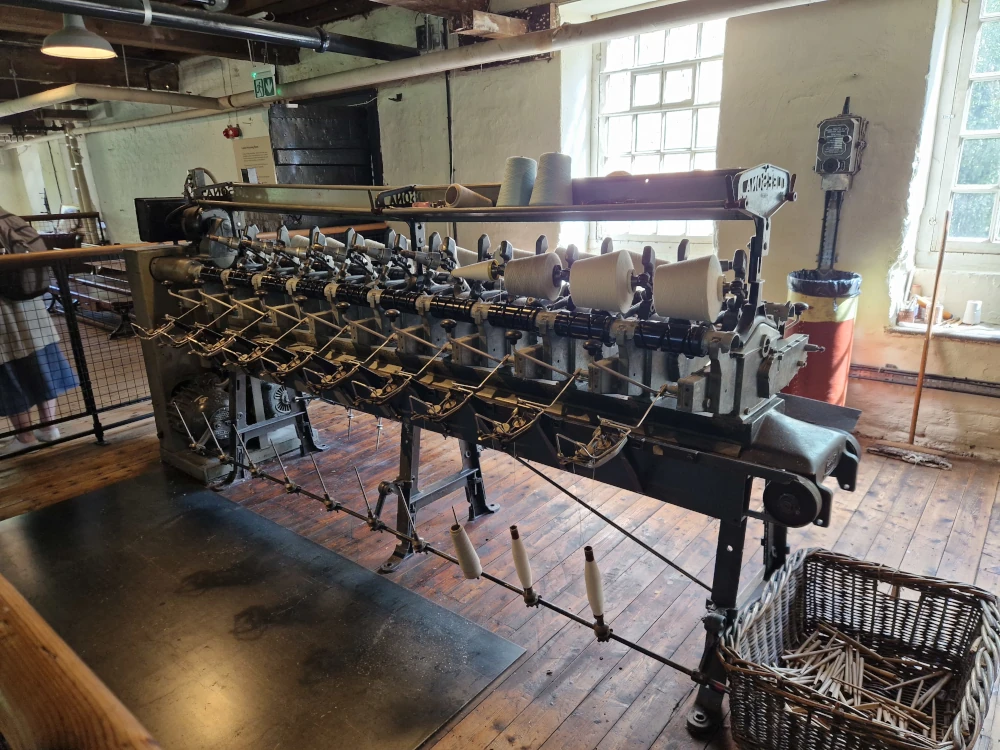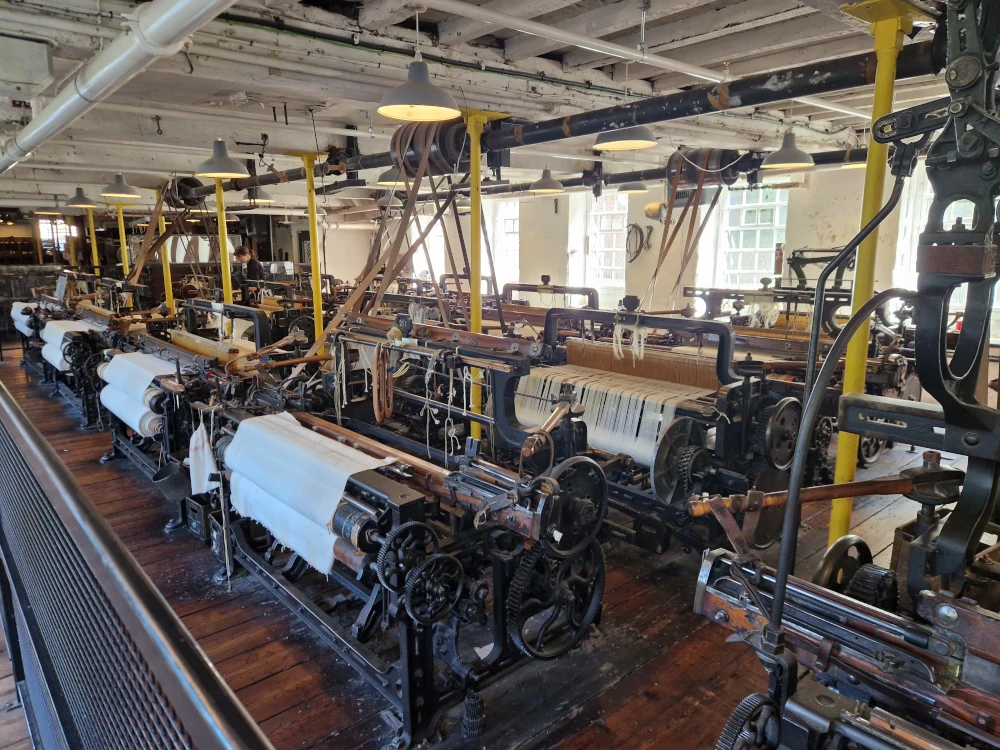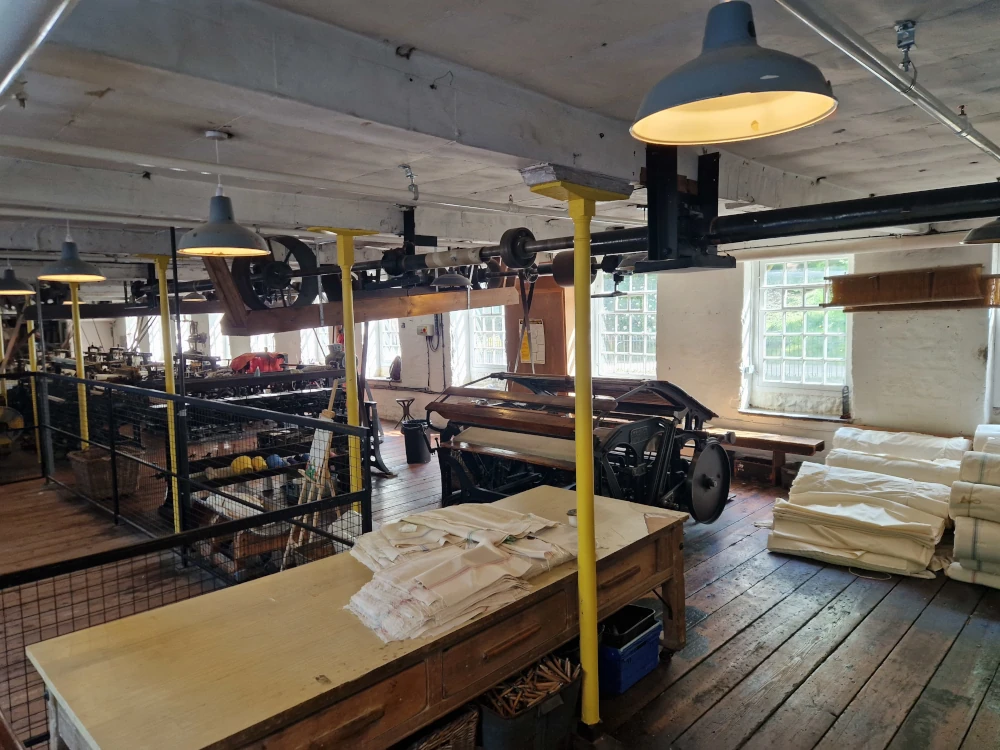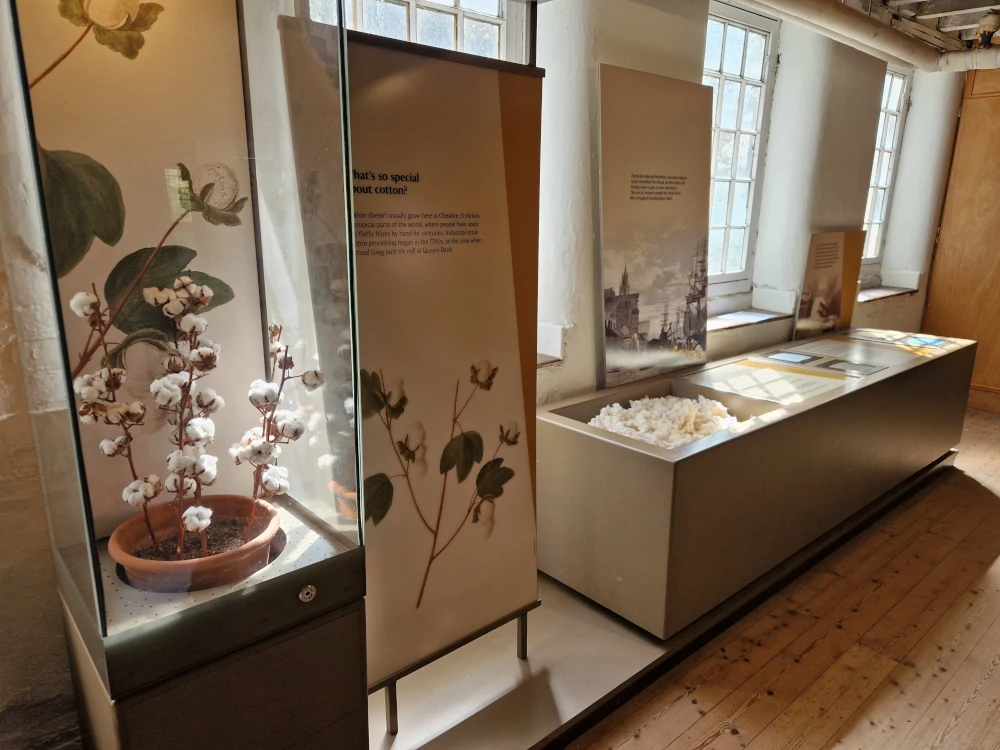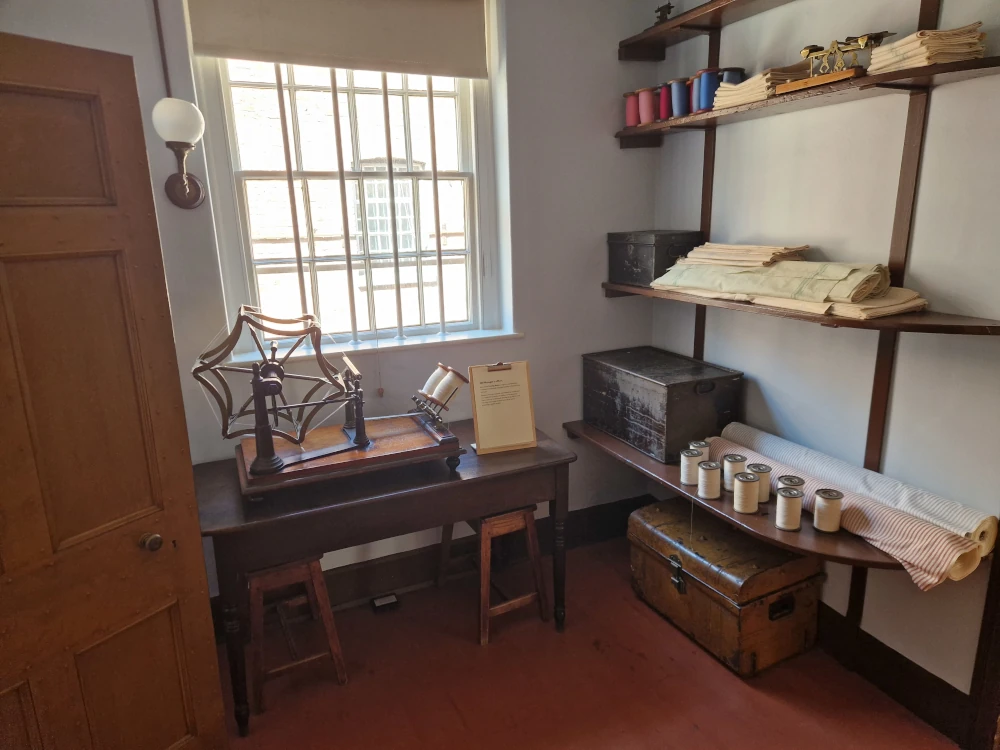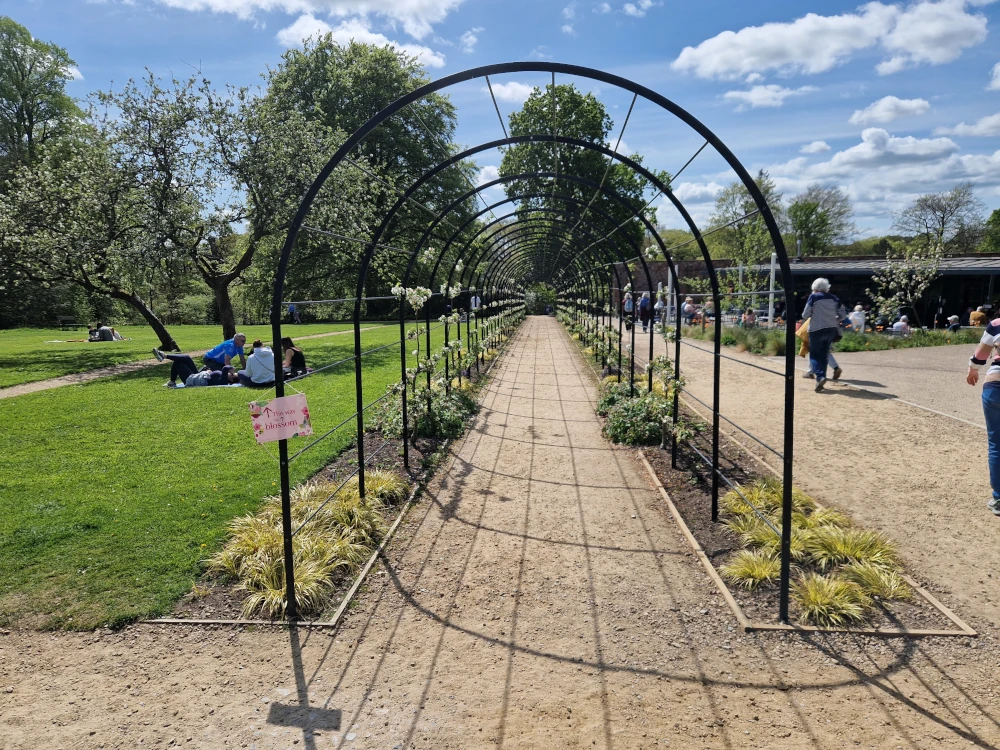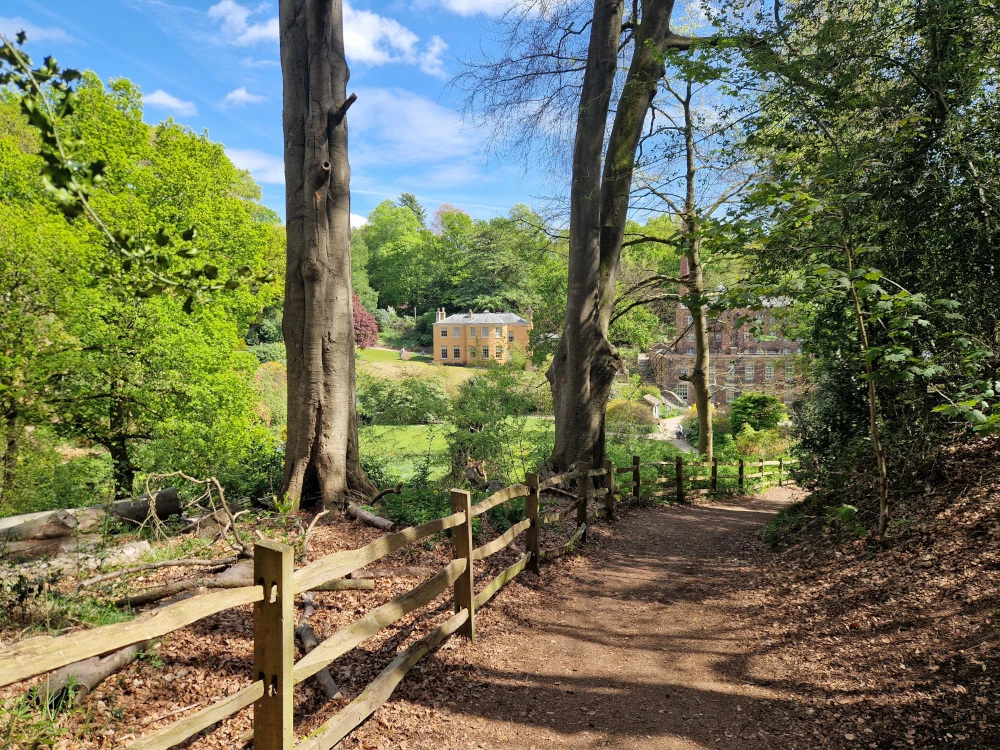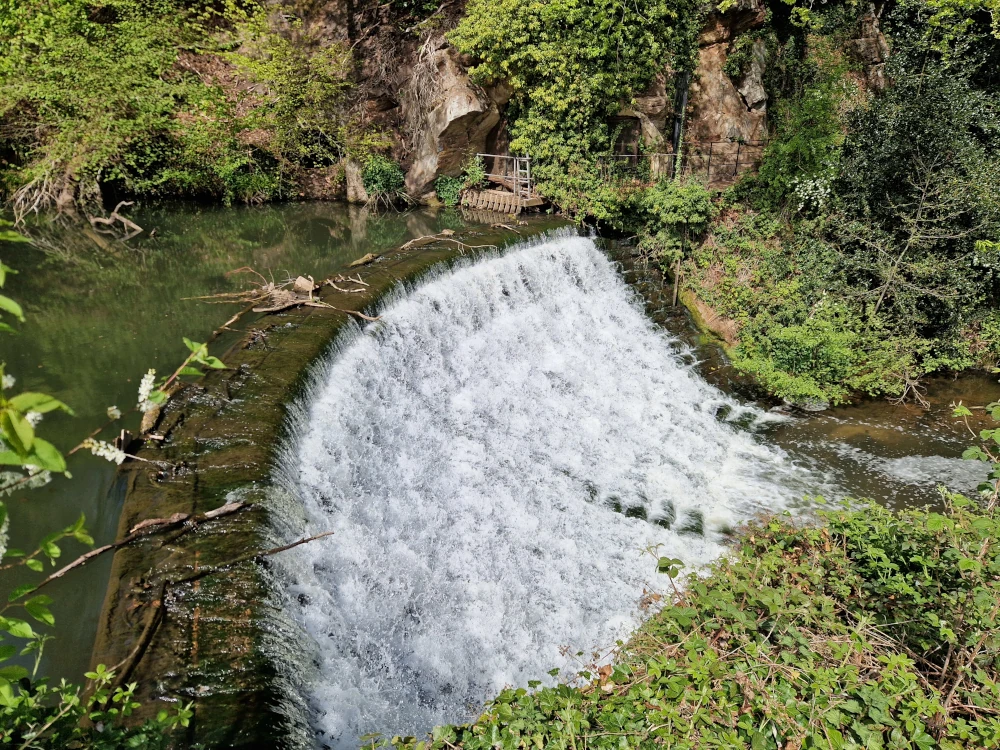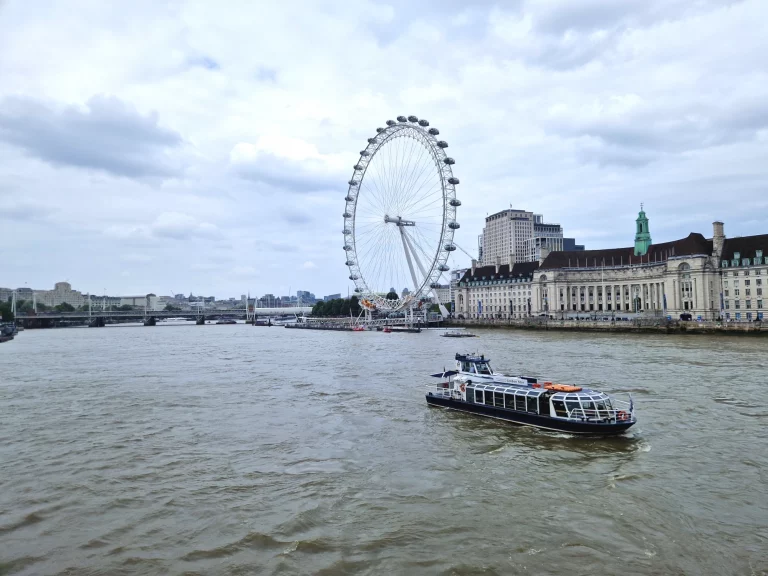Our National Trust pass was due to expire and there were still many places we could explore. Many of them are a little further afield, but of the ones close to home, we’d seen a lot of the ones we’d wanted to see. One recommended to us, however was Quarry Bank Mill, around 50 minutes away in Wilmslow, Manchester.
We visited on a very hot Sunday morning, which whilst it was great for a nice picnic out, got a little too hot for the kids, but we still managed to see a fair bit.
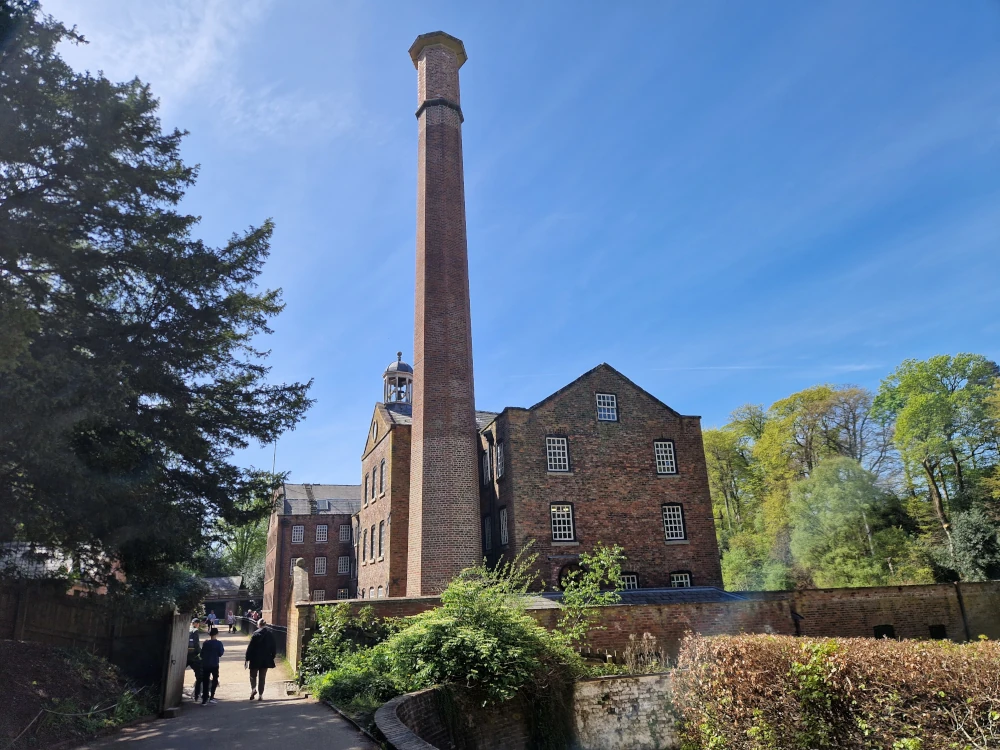
Quarry Bank Mill is an 18th century cotton mill, that still operates. You can take a tour inside the mill itself, see functioning looms, learn about the mill’s history, view the Greg family home or just chill out and enjoy a picnic in the gardens. There’s plenty to see.
Entry Costs & Parking
Prices for entry start at £21 per adult, £10.50 per child and family passes from £31.50. The pass is definitely worthwhile if you’re planning on visiting multiple properties. Parking is also free at Quarry Bank Mill.
Getting In
After parking up, we wandered across to the entrance. Once you’re checked in, they’ll inform you of any events they have going on, extra tours and such that are available. From here, be prepared to do some serious walking up and down hill.
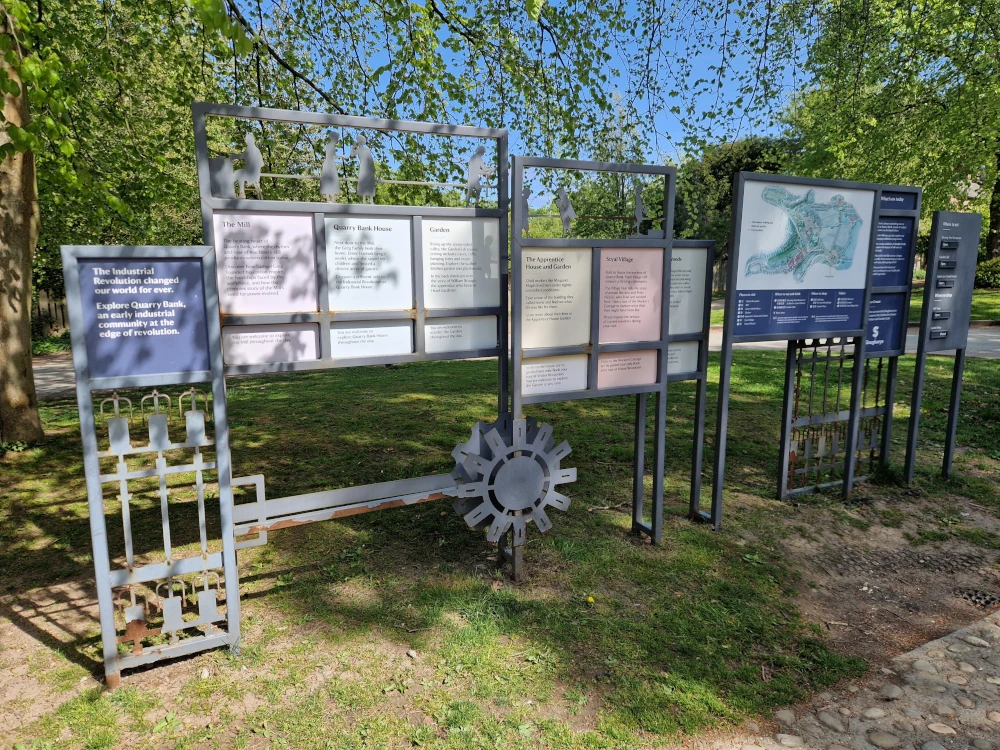
Greg Family House
We were early and it was quiet, so we chose to start our tour with the Greg Family home. They do limit numbers entering into the house, so we were glad we’d caught it early. We did spot some queues later on. The house was just as you’d expect from an 18th century wealthy family home: high ceilinged rooms, large windows, wooden furnishings, open fireplaces and grand dining tables.
The dining table here had napkins in each place detailing some of the family and guests who may have visited, such as Hannah Greg and William Rathbone IV, who they were and what they may have discussed. There was also a music and games room, laid out with cards and chess, plus a few fun wooden games the kids could try. No PlayStations here! The rooms feature artworks and books, a stained glass family crest, along with preserved documents written by Hannah Greg.
Inside The Mill
Onwards to the mill… just next door to the Greg’s house. The mill looks amazing from the outside, with it’s towering chimney high alongside the main building. There are several floors within Quarry Bank Mill for you to explore, each with something different to see. It can be a bit of a maze of staircases too, so don’t get lost. There are lifts available also.
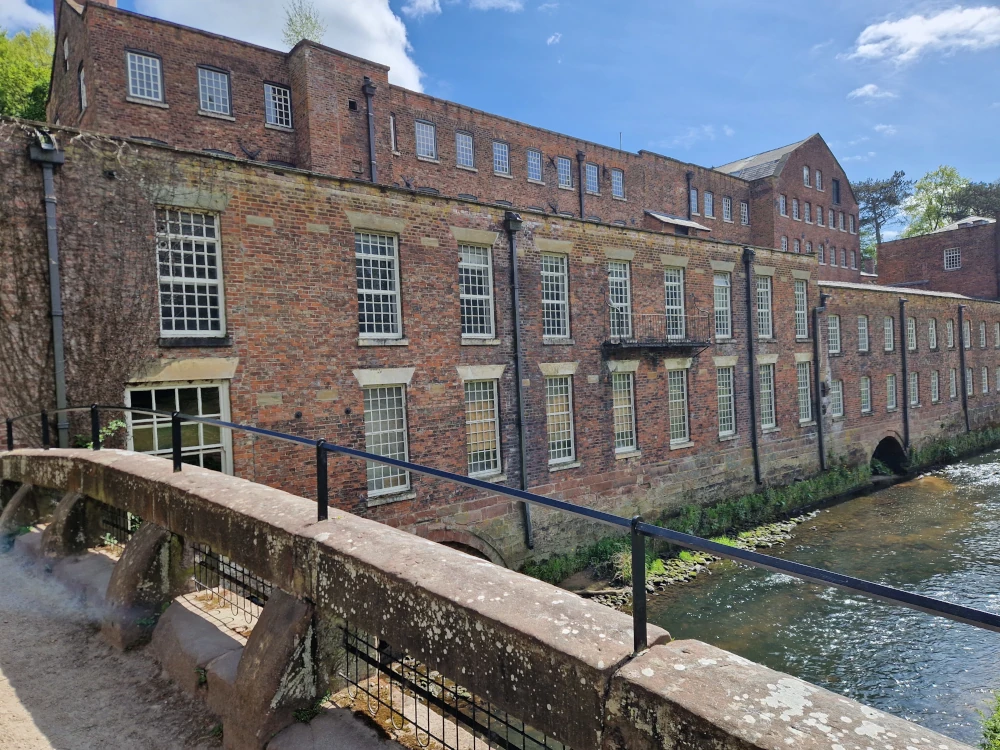
Mill Managers Offices
The first area we came across were the Managers offices, a collection of rooms filled with wooden desks and furniture. Some of the rooms were for accounting, where the cashiers and clerks would work, and the walls were covered with notes clipped on, like 18th century post-it notes to keep track of business. One of the other rooms was a testing room, where samples of raw materials, cloth and yarn would be quality checked. The final room was a large Managers office, with a large desk in the middle and a safe that looked like something out of a western film.
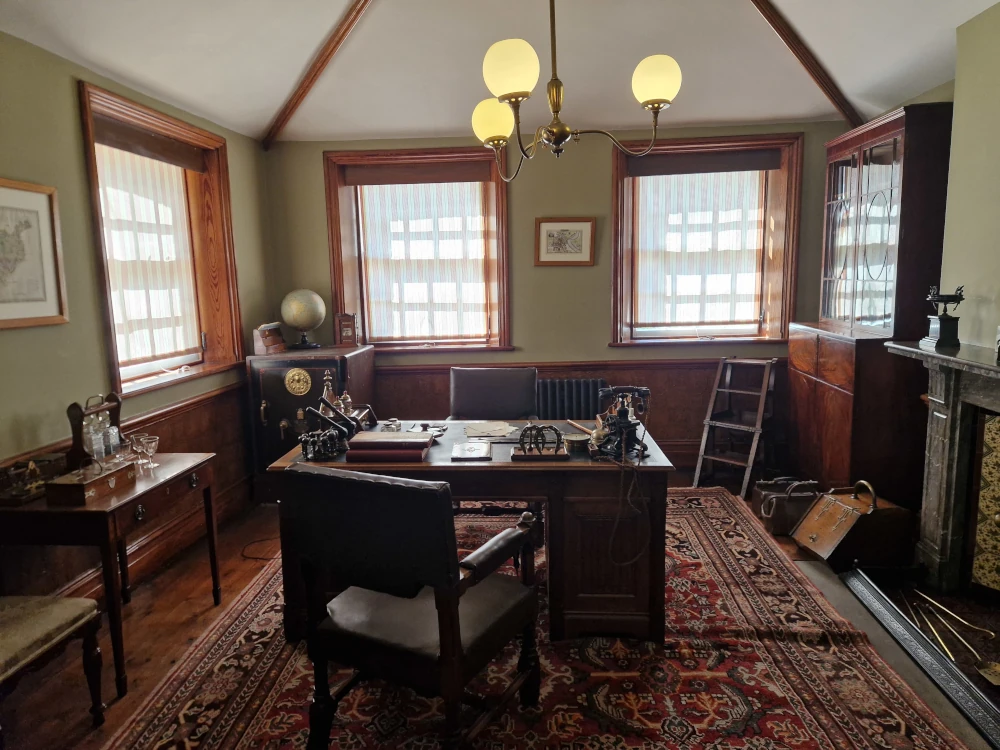
Mill History & Loom Demonstration
The next area we came to was full of displays about the lifecycle of the cotton, from plant, to material, to its shipping. Each section told you a little information about how the factory worked, highlighting the use of enslaved people to grow and harvest the cotton, how it was shipped, and about cotton itself.
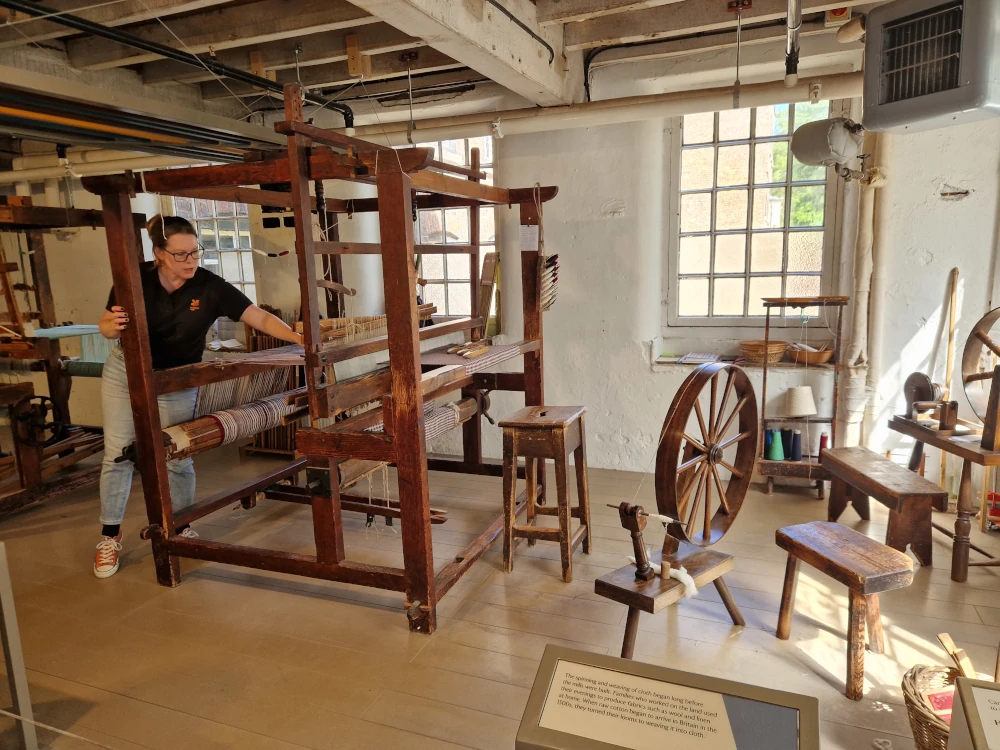
Here, there were also some cotton samples you could touch, and also try ‘carding’ the cotton – the process of separating and disentangling raw cotton between two brushes. Also here, we were able to watch a demonstration of a manual loom at work, which was quite interesting to see.
Easter Fun
It was also Easter week while we were here so there was one main activity for the kids. An Easter bunny hunt. Around the mill they’d placed cuddly bunnies for the kids to find.
The Looms
Next up was the noisiest room I’ve ever been in – the Loom room. An area the full length of the factory, with rows upon rows of different machines that manufactured the cotton. There were members of staff running the machines so we could see them in action, and even with just 2 machines running, it was deafening. Back then, there was no health and safety or ear defenders so workers would have worked from dawn til dusk. Gives me a headache just thinking about it. Brilliant to see though.
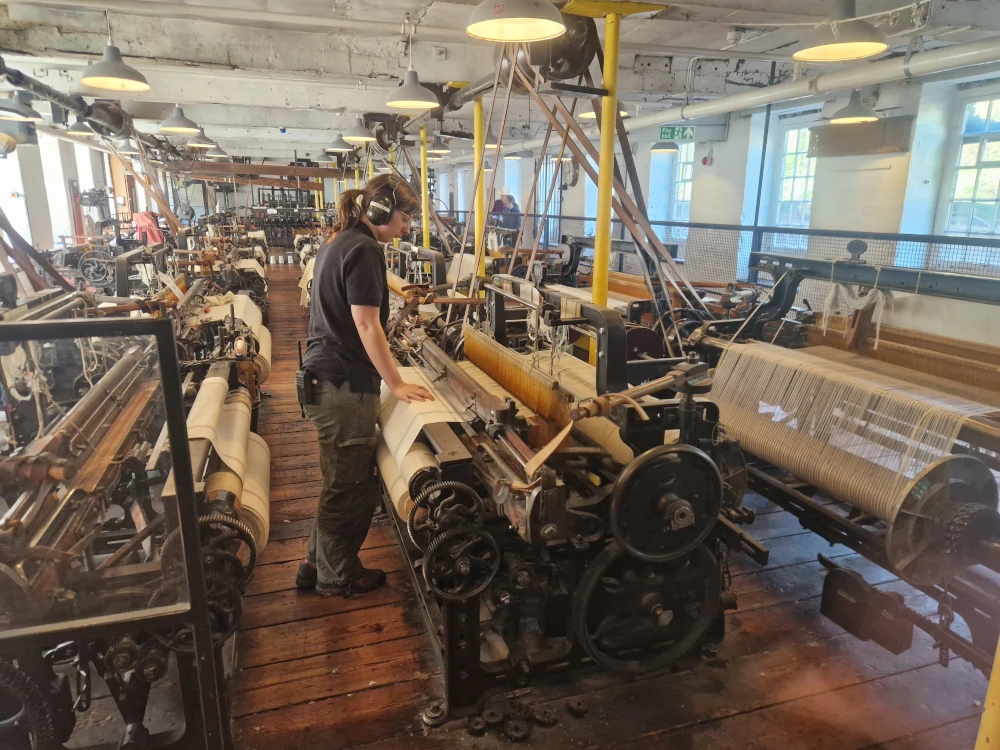
Quarry Bank Mill Museum
The top floor was a museum to the items that would have been made from the materials from Quarry Bank Mill. Children’s clothing, toys, modern and Victorian clothing, old sewing machines, books and ledgers used at the mill, and even an old dentist chair showing that the mill owners may have showed a care for the health of it’s employees. Through the centre there were more larger than life sized machines and reels spinning yarn like giant spider webs across the room from racks or cotton reels. And there’s always an old toilet stall that the kids find hilarious.
The far side of the room was dedicated to the workers of the mill. Walls detailing the hierarchy of mill workers and their worth, explaining they day to day life of child workers, men and women with a memorial to them all at the centre. Around the room were some artefacts from the mill: carriages, wage cups, scales, etc.;
Moving The Water
We’re getting to the heart of the mills workings now. Rooms full of moving parts showed you how they moved the water in and about the mill. There was even an interactive play map of the mill and gates the kids could use to move the water around.
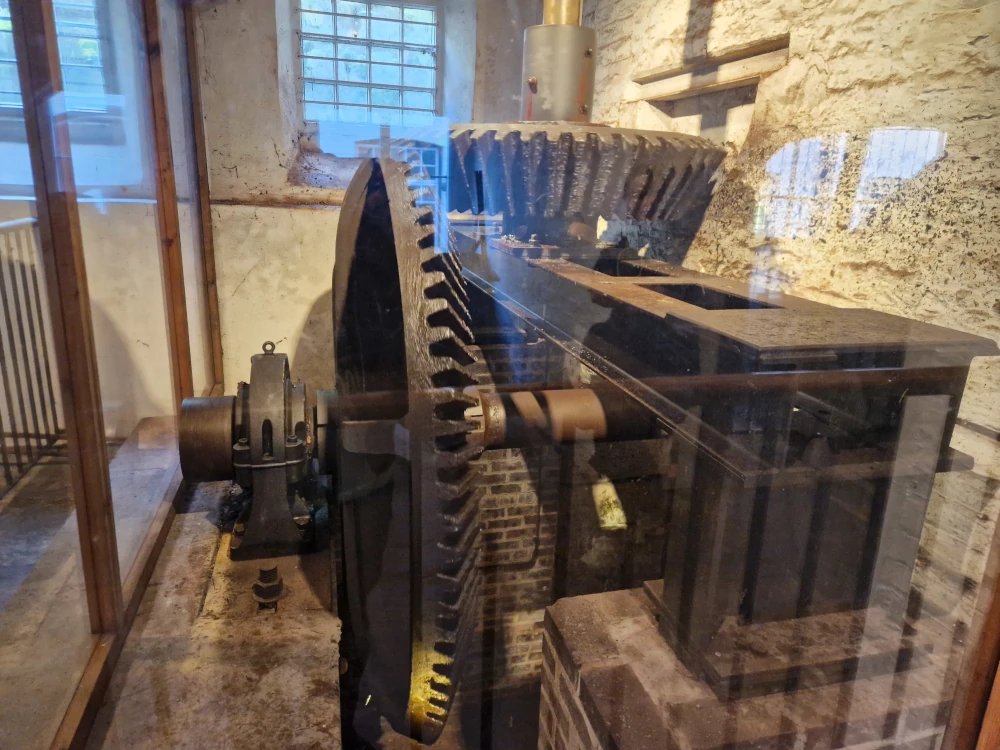
The rooms were full of old wheels, displays of how they worked, cogs and weights turning showing that parts of the mill still work. It would have been a marvel of engineering during it’s day.
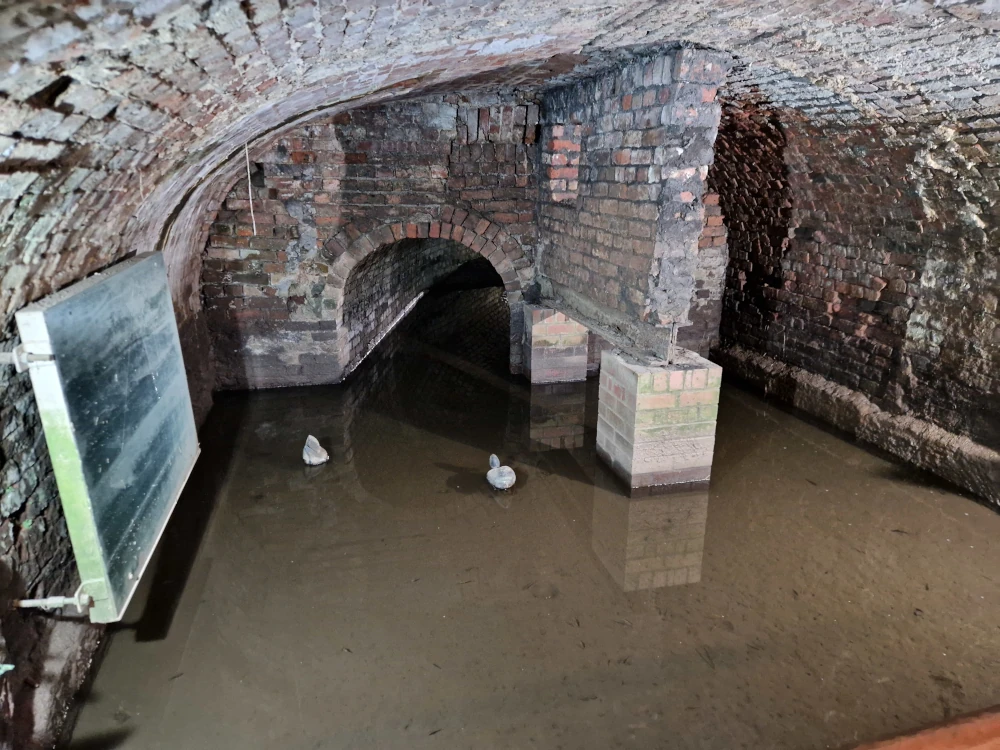
Through to an underground section where the water entered Quarry Bank with metal staircases leading up and down to a room full of info about the mill and some games for the kids.
Boiler Room
This was the most fun area of Quarry Bank. The next room was the old boiler room area with more giant moving wheels and the giant boiler itself. And if you can get in, you can duck into the passage and look straight up the mill’s chimney. A favourite area of the younger visitors.
Picnic Time
After exploring the mill we headed out for a picnic in the gardens. You can sit alongside the mill and watch the stream passing alongside. It’s quite the view. After eating, we walked along the river itself where you could see the waterfalls and lock gates that fed the mill.
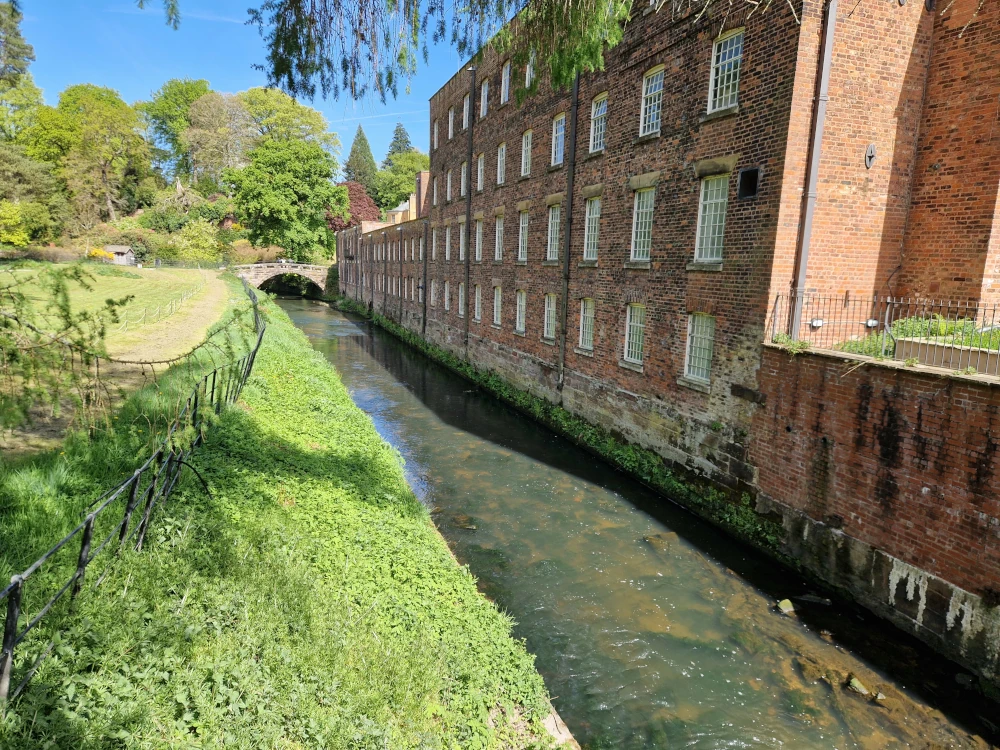
There are a lot of pathways and areas to explore and you can easily walk for miles around the grounds. We walked on one of the upward paths which was a long walk, but turned back before we got too far out of our way.
Top Garden Area
Heading back towards the entrance, you can take another path that leads to another garden area. This area of the Quarry Bank Mill gardens is home to the cafe area along with the glasshouses and kitchen gardens. There’s also a blossom arch, which was only just starting to grow while we were there.
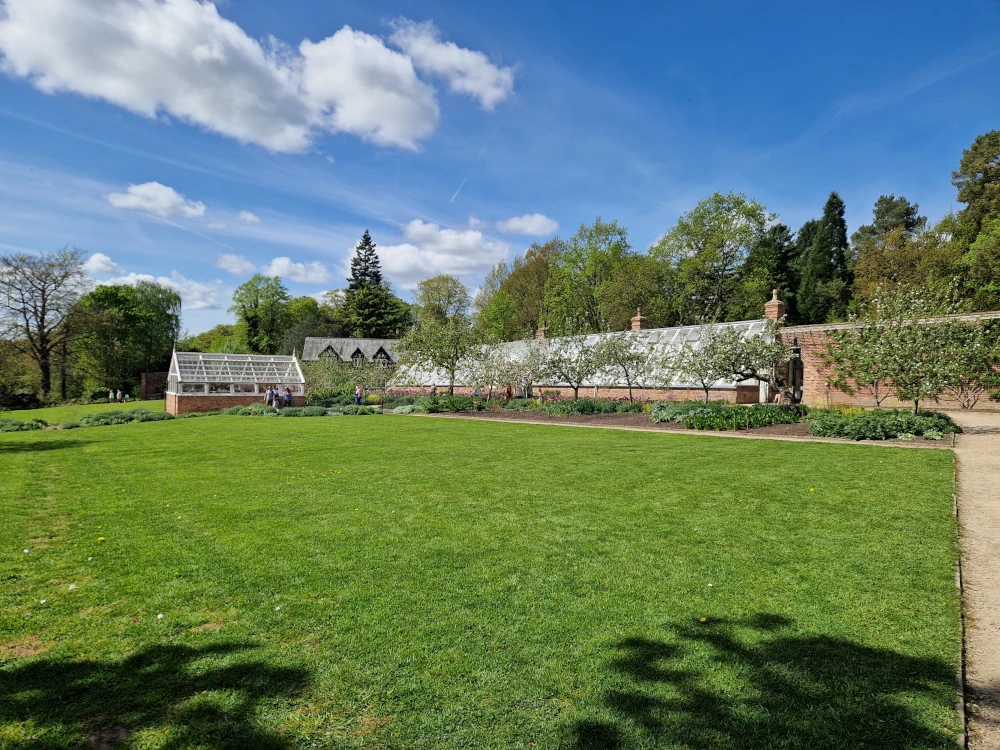
Is Quarry Bank Mill Any Good?
We enjoyed our visit to Quarry Bank Mill. It was more interesting than some of the National Trust properties, which can just be stuffy old homes. This had lots of things to see. Historical things that moved and shaped the future of industry. Feats of engineering that were interesting to see in action, a bit of history and more, all in a beautiful piece of land. Its a nice place to visit for an interesting day, or just to walk the dog.
We were only there for a few hours and everyone seemed to enjoy it. The only problem was that while we were sat in the gardens enjoying the peace and tranquillity on a hot day, we decided to plan a last minute trip to Florida! Oops….
Visit the National Trust website for more info on Quarry Bank Mill.

